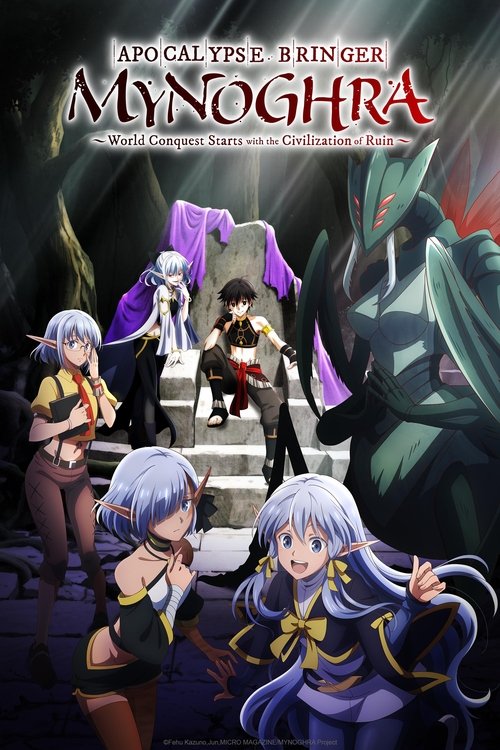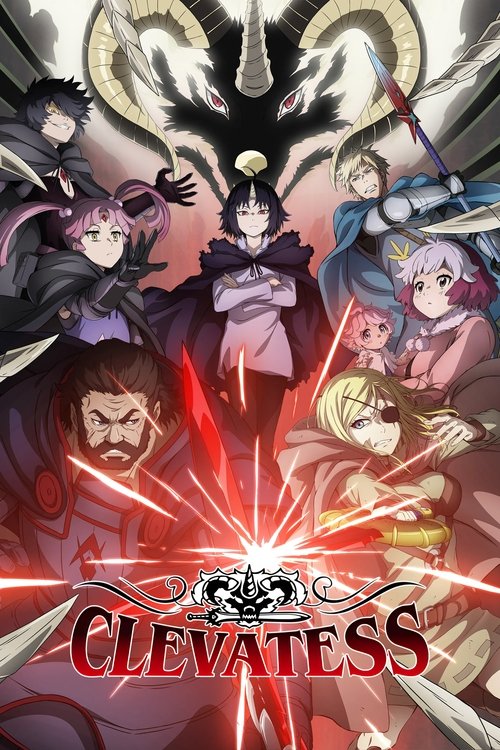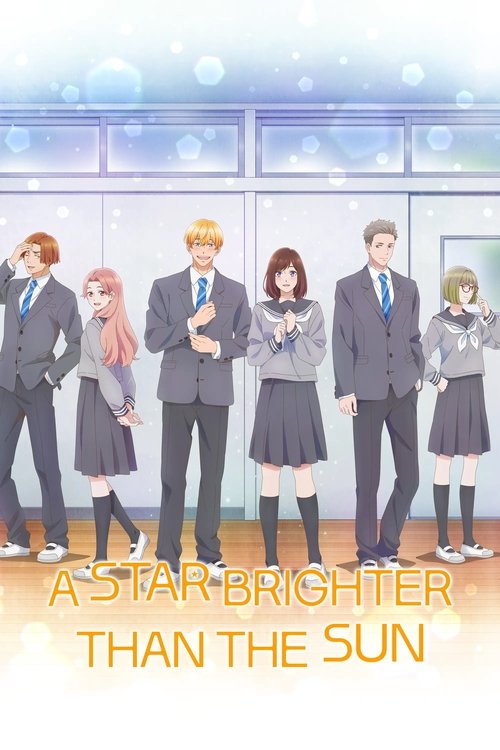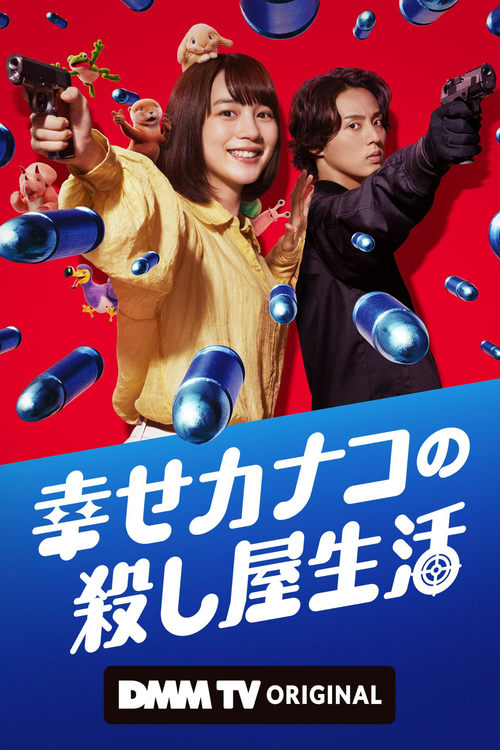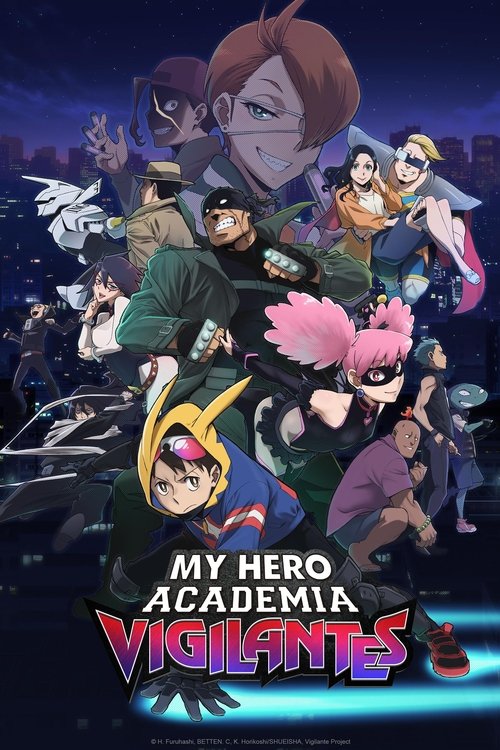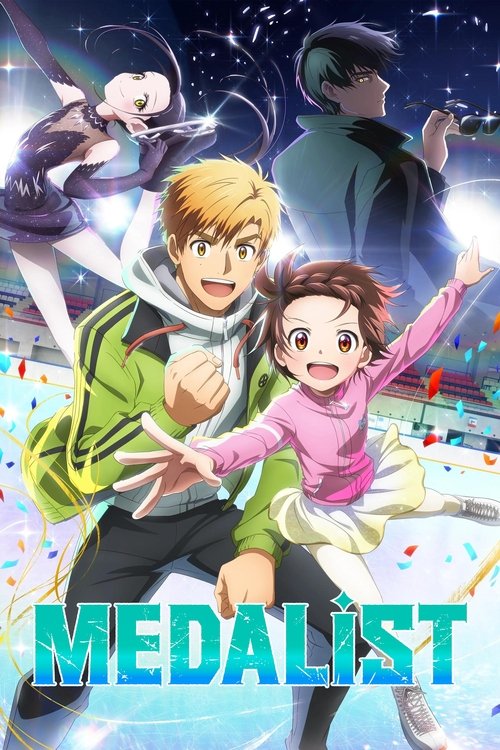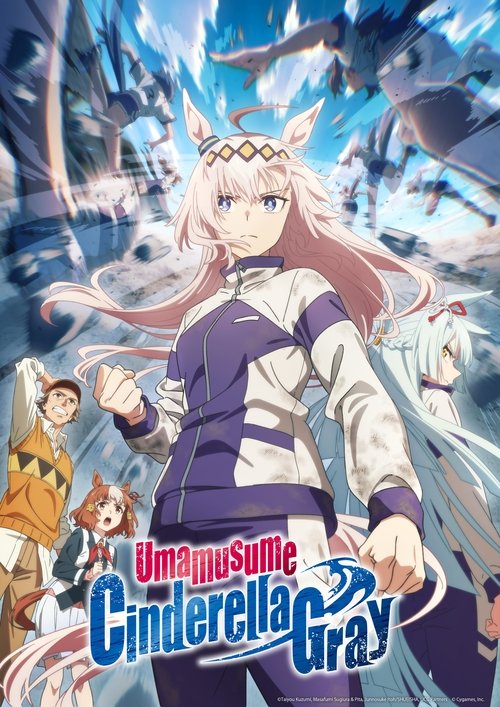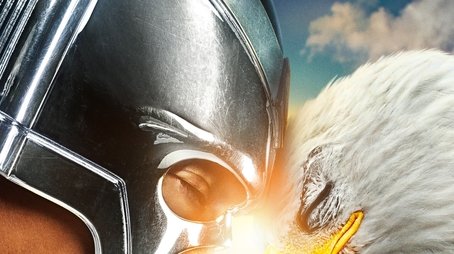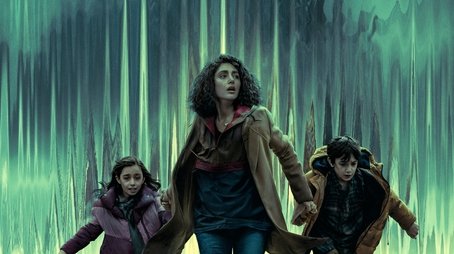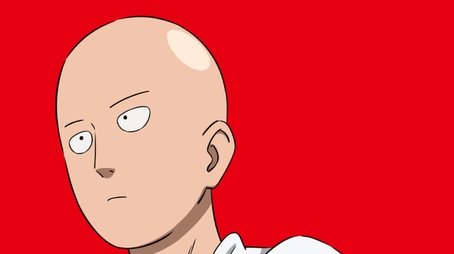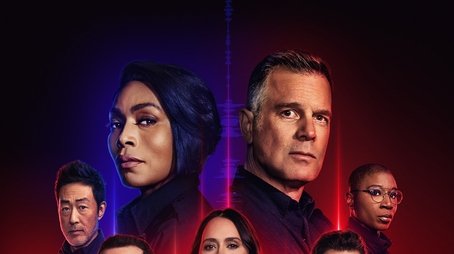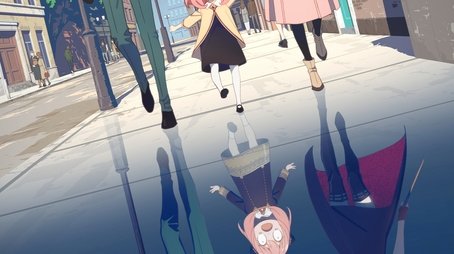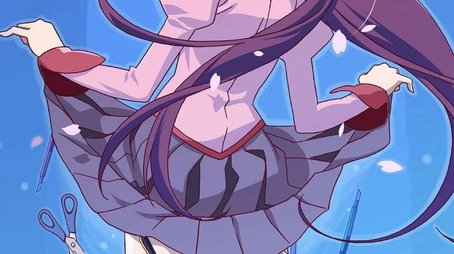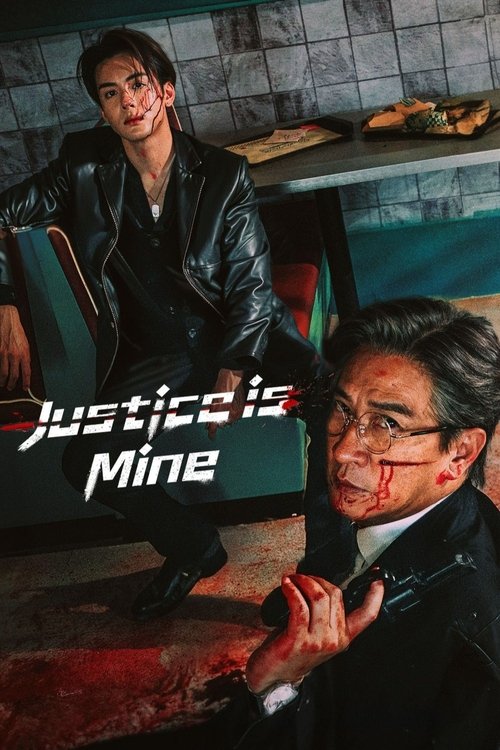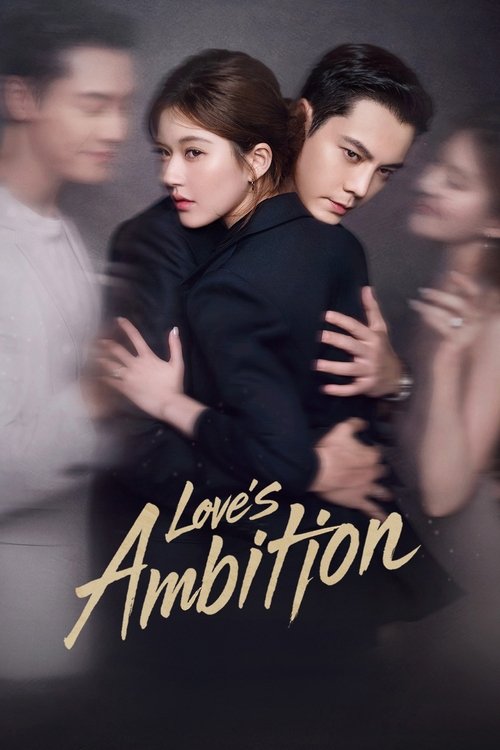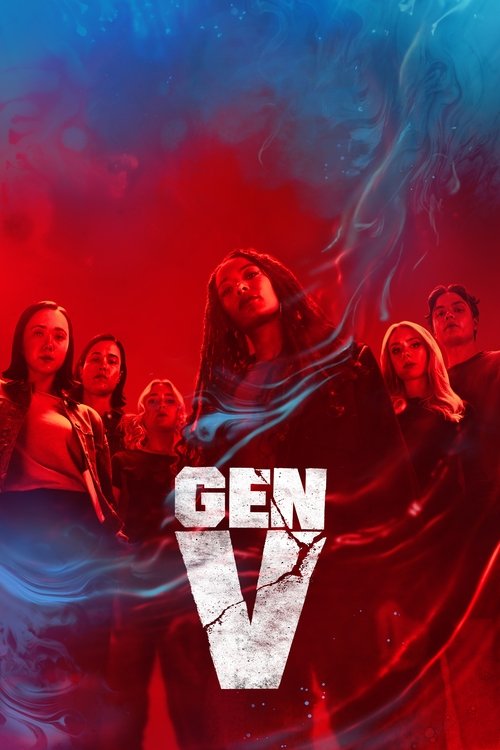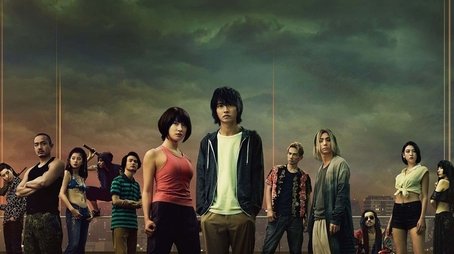
Ask Your Own Question
What is the plot?
The Summer Hikaru Died, Season 1, begins with Yoshiki Tsujinaka, a teenager living in a rural Japanese village, grappling with the disappearance and death of his best friend, Hikaru Indo. Yoshiki is deeply affected but must keep the truth secret, mourning alone while the village remains unaware of the full circumstances.
Yoshiki discovers that Hikaru's body was found in the mountains, but something is wrong: Hikaru has returned, possessed by an otherworldly entity. This entity mimics Hikaru's appearance and behavior but is not truly him. Yoshiki struggles with this unsettling reality, trying to maintain their friendship despite the growing strangeness and danger.
As the story progresses, Yoshiki and the possessed Hikaru attend the local Summer Festival with Yoshiki's younger sister Kaoru. The villagers gossip about their parents' unhappy marriage and Kaoru's frequent absences from school. Meanwhile, Yoshiki's friend Asako Yamagishi detects a spirit near the train tracks, which is later removed by a character named Rie. The village elders and other residents express concern about a ritual Hikaru was supposed to perform in the woods, a ritual only male members of the Indo family can enact. Hikaru is mysteriously prevented from entering the local shrine by an unseen barrier.
Yoshiki recalls the original Hikaru before breaking down in grief. He reveals to the possessed Hikaru that he found the real Hikaru's corpse, and the entity comforts him in response. This moment deepens the emotional complexity between Yoshiki and the entity inhabiting his friend's body.
Yoshiki learns more about the Indo family curse: a long time ago, a member of the Indo clan begged mountain entities to resurrect his dead wife in exchange for sacrificing anyone in the village. The entities took a third of the town's population, and the wife was resurrected only as a severed head. As punishment, the male Indo family members are tasked with appeasing these entities through an ancient ritual. This history explains why the real Hikaru was in the mountains when he died and why the village elders treat the Indo family with suspicion and hostility.
Throughout the season, Yoshiki's relationship with his emotionally distant father is explored and begins to improve as Yoshiki uncovers these family secrets. Meanwhile, Hikaru's possession becomes increasingly unstable, with the entity losing control at times, causing tension and fear.
The season includes several supernatural confrontations and moments of horror, including spirits haunting Yoshiki and Hikaru, and the village's dark atmosphere is emphasized by the animation and sound design, which capture the eerie stillness and underlying menace of the rural setting.
In the final episodes, Yoshiki and Hikaru face the consequences of the Indo family curse and the entity's presence. The villagers' fears and the ritual's importance come to a head. Hikaru is prevented from completing the ritual at the shrine, and the entity's grip on him weakens. In a post-credit scene, Hikaru slips and fatally wounds himself in the forest. As he dies, he imagines Yoshiki and begs the spirits not to leave him alone, underscoring the tragic and supernatural nature of the story's conclusion.
This detailed sequence of events covers the major plot points, character decisions, supernatural elements, and emotional developments that drive the story of The Summer Hikaru Died, Season 1.
Related Titles
Browse All Titles →
What is the ending?
At the end of The Summer Hikaru Died Season 1, Hikaru decides to leave the village and return to the mountains to protect Yoshiki and others from the danger his nature brings. He shares a heartfelt goodbye with Yoshiki, choosing separation over harm, and the season closes on this quiet, emotional farewell without resolving the village's supernatural mysteries.
The finale unfolds with Hikaru alone in his room, rehearsing a difficult conversation with Yoshiki using finger puppets, anticipating Yoshiki's likely rejection of his decision to leave. This scene sets the tone for the personal and intimate nature of the ending, focusing on their relationship rather than the village's myths.
The next day, the school is abuzz with the last day before summer break. Hikaru arrives late, skipping the school assembly and wandering the empty halls and classrooms by himself. This solitude visually underscores his isolation and internal struggle. He eventually encounters Oo in a classroom, a brief moment of connection amid his loneliness.
Meanwhile, two adults, Mr. Tanaka and Mr. Teada, discuss the village's mysteries, revealing that the legendary figure Nonuki-sama never actually existed. This revelation strips away the supernatural framework the story had built, emphasizing that the true conflict is human and emotional rather than mythical.
The climax centers on Hikaru and Yoshiki's final interaction. Unlike earlier episodes where Hikaru's violent nature nearly harms Yoshiki, this time Hikaru restrains himself. Instead of conflict, they share a tender moment where Hikaru kisses Yoshiki goodbye, giving him the best time they can share before parting. Hikaru tearfully explains his need to return to the mountains to prevent further harm, accepting the pain of separation.
The season ends quietly, with Hikaru's departure and no dramatic supernatural showdown. Yoshiki remains in the village, left to grapple with Hikaru's absence and the unresolved mysteries. Hikaru's fate is to live apart, burdened by his nature but choosing distance for the sake of those he cares about. Yoshiki's fate is to continue in the village, carrying the memory of their love and the unanswered questions about the village's past.
This ending focuses on the emotional core of the story--love, loss, and sacrifice--rather than providing clear answers to the supernatural elements, leaving viewers with a poignant, bittersweet conclusion.
Is there a post-credit scene?
Yes, The Summer Hikaru Died Season 1 includes post-credit scenes in multiple episodes. Specifically, the post-credit scene in Episode 4 reveals crucial backstory about Hikaru's death: Hikaru went to the mountains to perform a ritual for the Mountain God as part of his family's duty. He feared the powerful spirit might harm Yoshiki, the boy he loved, so he went to protect him. However, before completing the ritual, Hikaru slipped on muddy ground, hit his head on a stone, and died. This scene clarifies that Hikaru's death was accidental and tied to his protective intentions.
Additionally, Episode 5 also has a post-credit scene showing that Tanaka has set up another magical trap to catch the malevolent spirit Nonuki-sama, indicating ongoing supernatural conflict.
Thus, the post-credit scenes serve to deepen the mystery and reveal important plot details about Hikaru's death and the spiritual threats surrounding the characters.
What is the nature of Hikaru's existence after his disappearance and return?
After Hikaru's disappearance and death in the local mountain, he returns possessed by an ancient horror entity known as Nounuki-sama. This possession causes Hikaru to have amnesia and exhibit otherworldly traits, making his true nature ambiguous and a source of fear and mystery in the village.
Why does Yoshiki continue to interact with Hikaru despite knowing the truth about him?
Yoshiki is aware that Hikaru is possessed by Nounuki-sama and is no longer the original person, but he chooses to maintain their friendship to preserve the status quo. Yoshiki is conflicted and scared but values their bond, especially since Hikaru shows affection towards him. This complex dynamic is central to Yoshiki's emotional struggle.
What is the significance of the ritual Hikaru was supposed to perform in the woods?
The ritual Hikaru was meant to perform is a traditional practice that only male members of his family can enact. The villagers worry about this ritual because Hikaru is prevented from entering the local shrine by a mysterious barrier, indicating that the ritual and Hikaru's role in it are crucial to the village's spiritual balance and possibly linked to the supernatural events occurring.
How do the villagers react to Hikaru's presence and the supernatural occurrences?
The villagers are fearful and suspicious of Hikaru's presence after his return. They gossip about family troubles and Hikaru's absence from school, and they are concerned about the ancient horror associated with him. Some villagers have taken measures against the entity Nounuki-sama, and there are signs of gruesome murders linked to the taboo of the entity coming down from the mountain.
What role does Yoshiki's younger sister Kaoru play in the story?
Kaoru, Yoshiki's younger sister, appears alongside Yoshiki and Hikaru at the Summer Festival. The villagers gossip about her continued absence from school and her parents' unhappy marriage, which adds to the story's emotional and social context. Her presence highlights family dynamics and the impact of the supernatural events on Yoshiki's immediate circle.
Is this family friendly?
The Summer Hikaru Died, Season 1 (2025), is rated TV-MA and TV-14 on different platforms, indicating it is generally not family-friendly for young children and is more suitable for mature teens and adults due to its themes and content.
Potentially objectionable or upsetting aspects include:
- Horror and supernatural elements with eerie, suspenseful, and psychological horror themes that may be intense or frightening for children or sensitive viewers.
- Scenes involving death and grief, including a character's fatal injury and emotional breakdowns related to loss, which are handled with emotional depth but could be upsetting.
- Mild violence with some blood, though not graphic or excessively violent, it may still be unsettling for younger audiences.
- Themes of isolation, mystery, and family troubles, including references to unhappy family relationships and social gossip, which might be emotionally heavy.
There is no indication of explicit sexual content or strong language in the available information, but the overall tone is serious, somber, and suspenseful, making it more appropriate for older teens and adults rather than children or very sensitive viewers.




